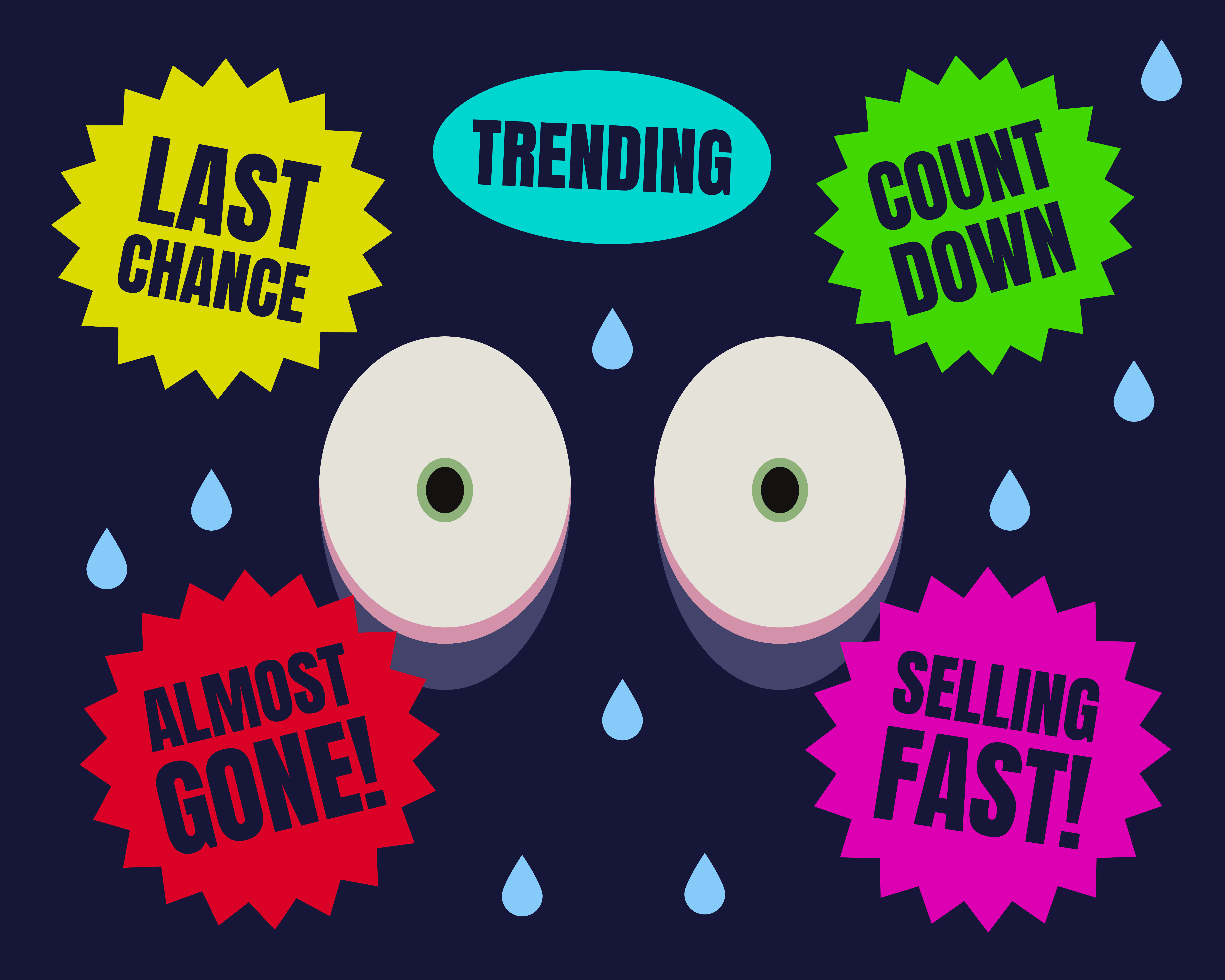
Occasionally referred to as ‘knocking copy’, comparative advertising (CA) has produced some entertaining ads and ignited rivalries along the way. But a few recent examples have left me questioning its effectiveness.
Is it a cunning move that strengthens a brand’s positioning? Or, like the rare and mildly amusing occasion that a boxer delivers an uppercut to their own chin, can an attempt to publicly land a blow on the competition lead to self-inflicted damage?
Our fleeting attention
We constantly hear about people living busier lives, the overabundance of information and dwindling attention spans. And whilst some of this can be exaggerated, the fact is we don’t spend much time processing ads.
The average duration of an advertising interaction across popular media is limited to around 1-3 seconds. With most advertising being viewed at a glance, our processing is done implicitly; we’re operating on autopilot as opposed to consciously assessing what we see.
Why is this particularly problematic for comparative ads? Quite simply, it’s adding a layer for people to process. Landing a succinct and compelling point about your own brand is challenging enough. In the precious little time you have with your audience, is it worth risking the possibility that you’re making it more difficult for your brand to be recognised at all?
Ask yourself: Is the point of difference immediately clear to the preoccupied bypasser? Can the same effect or better be achieved by focusing on your brand?
The case of mistaken identity
Some examples of comparative advertising go as far as to name and show the distinctive assets of their competitor - these are the symbols, logos, colours etc. associated with a brand. This can be a big problem.
Ads can be lacking when it comes to being clearly branded, making it difficult for consumers to identify the relevant brand. Remove the logo and you have no idea who the author is. Add to that the problem of misattribution - where an ad is attributed to a competing brand - and in the case of comparative advertising, you run the risk of compounding lack of brand recognition with mistaken identity.
This makes investment in the design of a distinct brand identity all the more necessary. In transient interactions, people respond to cues of colour and shapes more easily than messaging and taglines. Focusing solely on your brand and ensuring it has a visual system that can be consistently applied across the customer journey will help make it unmistakable.
Brands like EasyJet and Starling Bank do this particularly well. They’re ruthlessly consistent and as a result, more recognisable.
Ask yourself: Is this ad undeniably attributable to our brand? When testing, remove the logo and ask sample groups to attribute it at a glance. If it’s likely to be mistaken for someone else, reconsider your execution.
Undermining your position
Fundamentally, comparative advertising is an attempt to undermine the position of a competitor. But could it be inadvertently doing so to your own brand?
Think specifically about price match guarantees. Tesco is running one of the most notable at the moment; various outdoor ads show a variety of Tesco products with the copy ‘Aldi price match’.
Taking our fleeting attention into consideration. Could this attempt to show Tesco as a provider of value be reinforcing the German giant as the go-to discount supermarket?
This is a particularly topical issue considering current consumer attitudes. The Union’s own ‘Mood of the Nation’ research indicates over half of Scots are more inclined to buy cheaper brands (55%) and 50% are more likely to shop in discount stores. At a time when shoppers are acutely price-sensitive and geared towards savvy shopping, it does Tesco no favours to reinforce Aldi as the benchmark for value.
There are less hazardous approaches available. When Apple sought to boost sales of the Mac and loosen Microsoft’s grip on software and systems in the mid-2000s, they set their sights on the entire category, not a particular brand. Their campaign ‘Get a Mac’ focused on tackling category conventions, undermining the competition without drawing attention and sales to a competing brand.
Ask yourself: Do I risk reinforcing the strength of a competitor? And is it possible to position against the category as opposed to one competitor in order to achieve a greater impact?
In summary
All of this is not to say that comparative advertising doesn’t work. However, somewhat paradoxically we need to be more considerate and produce ads that require less consideration.
Consumer decision-making is typically the product of quick and convenient thinking, which relies heavily on associations and heuristics. You need to be easy to mind and easy to recognise.
If you think comparative advertising is the way to give you a competitive edge that’s fine, just tread carefully. Don't neglect the principles and avoid the irony of knocking copy delivering a staggering blow to your own brand.
EXECUTIVE SUMMARY
- Who it’s for: Marketing decision-makers and advertising practitioners who want to produce more effective advertising.
- What it’s about: the pros and cons of comparative advertising.
- The key theme/hypothesis: Comparative advertising should be approached with caution. In some instances, it might be limiting the effectiveness of ads, even going as far as promoting competitors.




